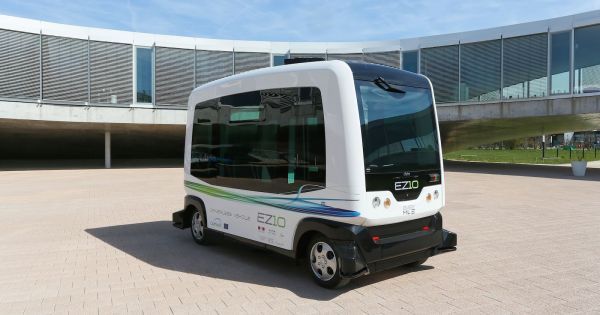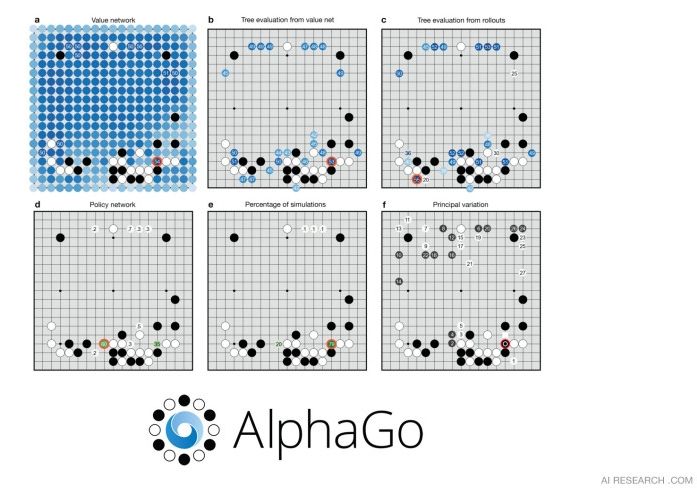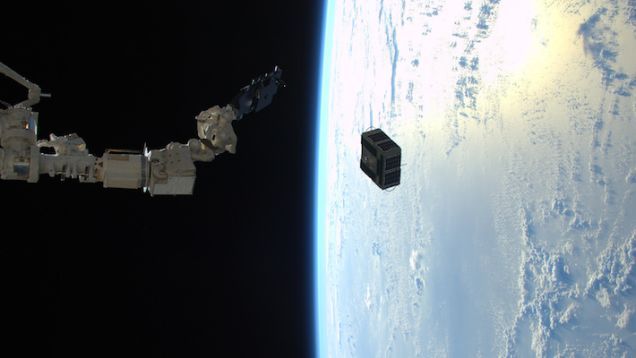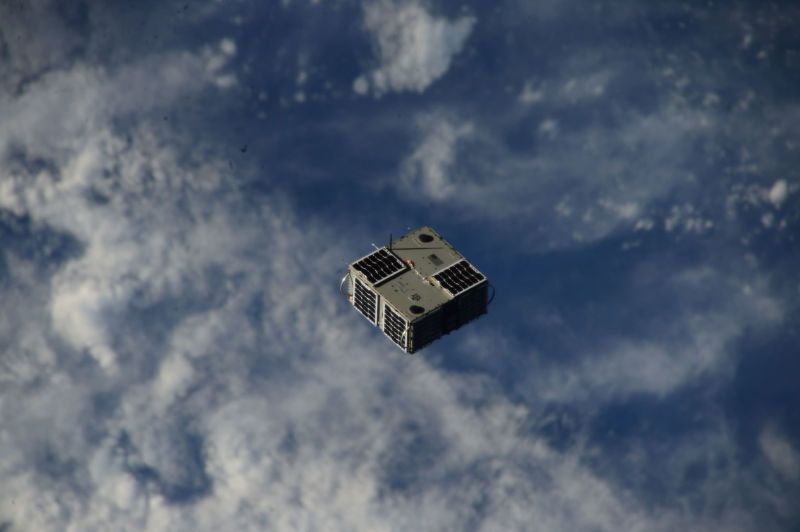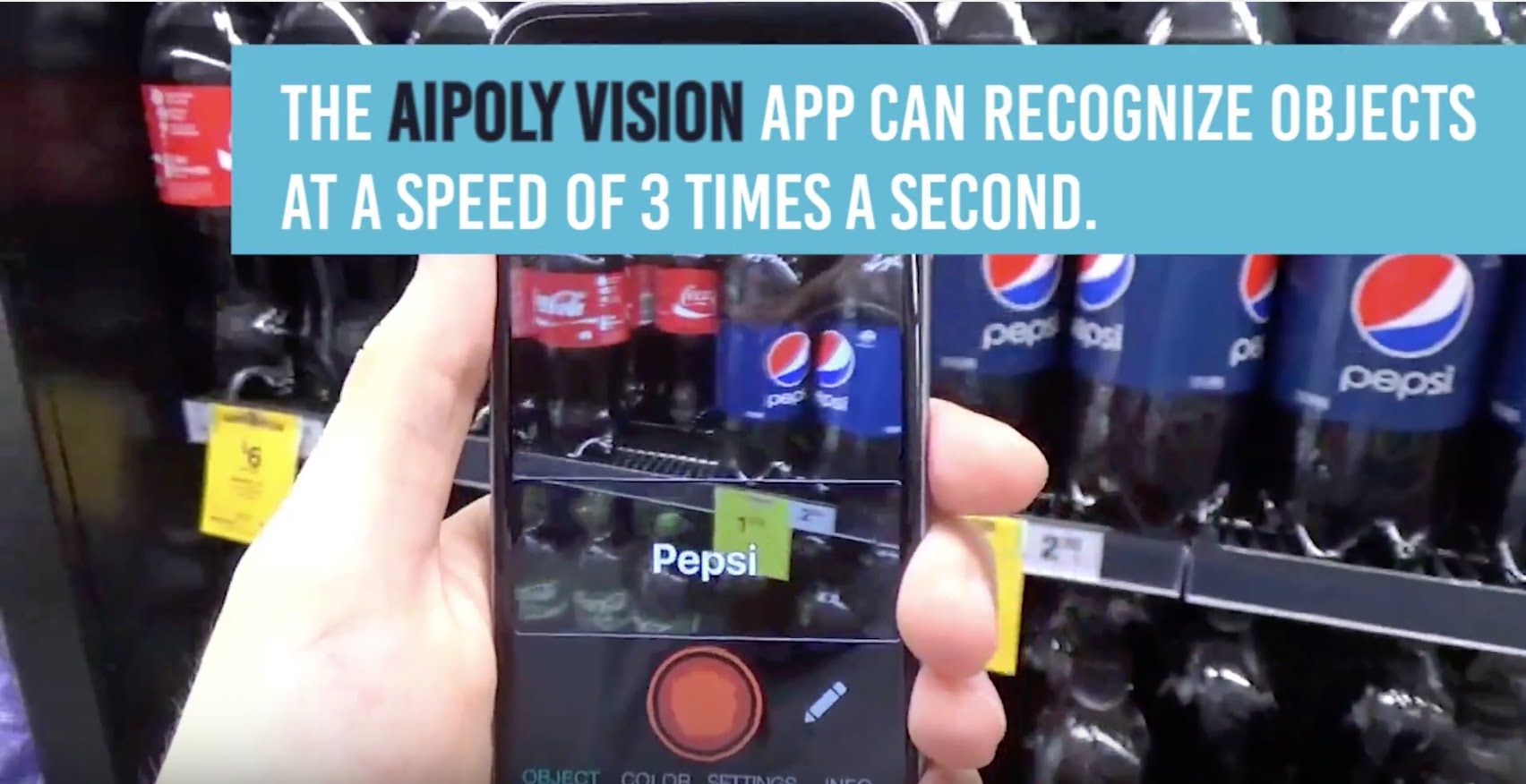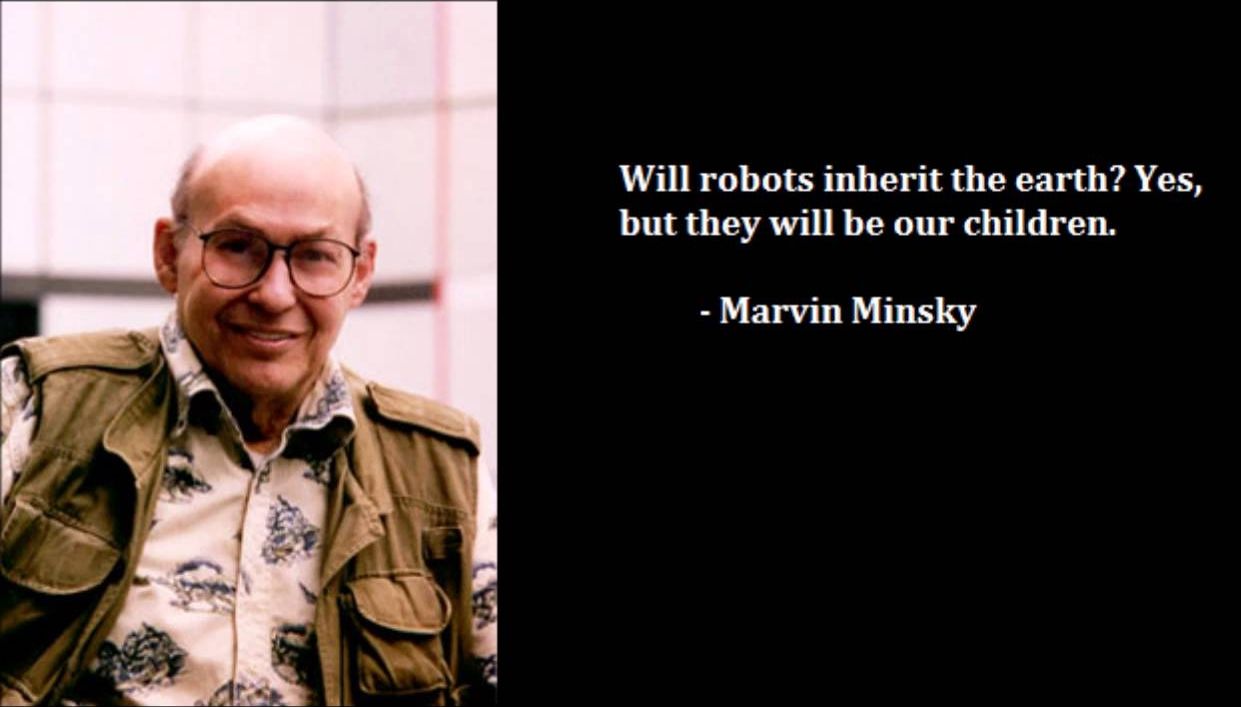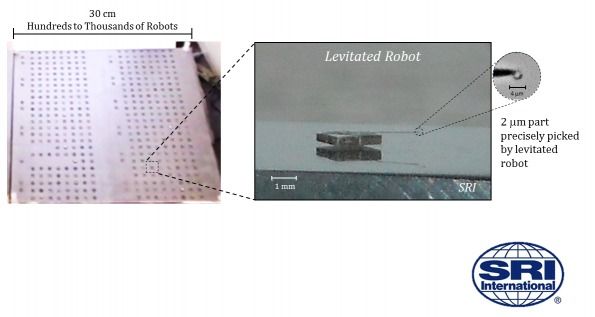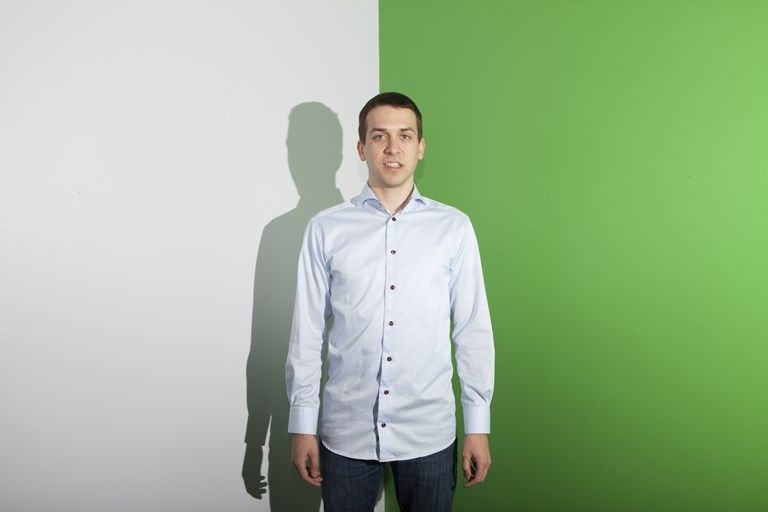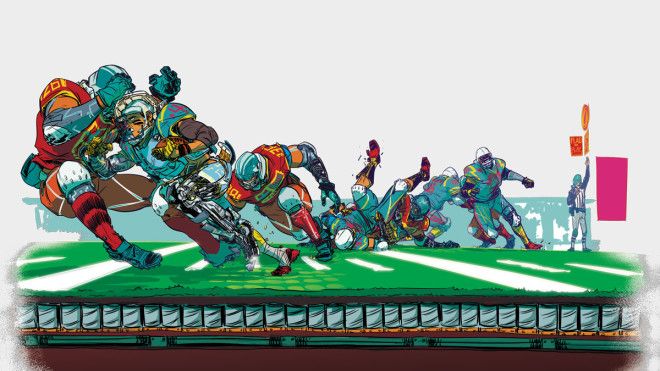Scalpers offered contact lenses guaranteed to fool any ocular-based biometric ticketing technology.
He was right, of course, which explains all those people arriving at the stadium in all the usual ways. Some came by autonomous cars that dropped them off a mile or more from the stadium, their fitness wearables synced to their car software, both programmed to make their owner walk whenever the day’s calories consumed exceeded the day’s calories burned. Others turned up on the transcontinental Hyperloop, gliding at 760 miles per hour on a cushion of air through a low-pressure pipeline, as if each passenger was an enormous bank slip tucked into a pneumatic tube at a drive-through teller window in 1967. That was the year the first Super Bowl was played, midway through the first season of Star Trek, set in a space-age future that now looks insufficiently imagined.
And so hours before Super Bowl 100 kicked off—we persist in using that phrase, long after the NFL abandoned the actual practice—the pregame scene offered all the Rockwellian tableaux of the timeless tailgate: children running pass patterns on their hoverboards—they still don’t quite hover, dammit—dads printing out the family’s pregame snacks, grandfathers relaxing in lawn chairs with their marijuana pipes.
Read more
